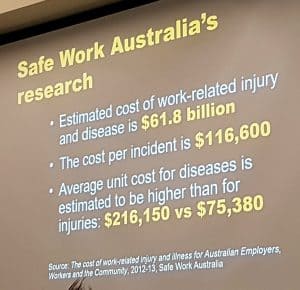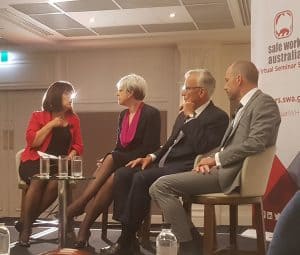
Workplace bullying has a strict and clear definition in Australian occupational health and safety (OHS) laws:
“…repeated and unreasonable behaviour directed towards a worker or group of workers that creates a risk to health and safety.”
According to Mr Peter Katsambanis, a Liberal Party member of the West Australian Parliament, the slashing of tyres, paint damage on a car and an exploding tin of baked beans is a
“terrible issue of workplace bullying”.





